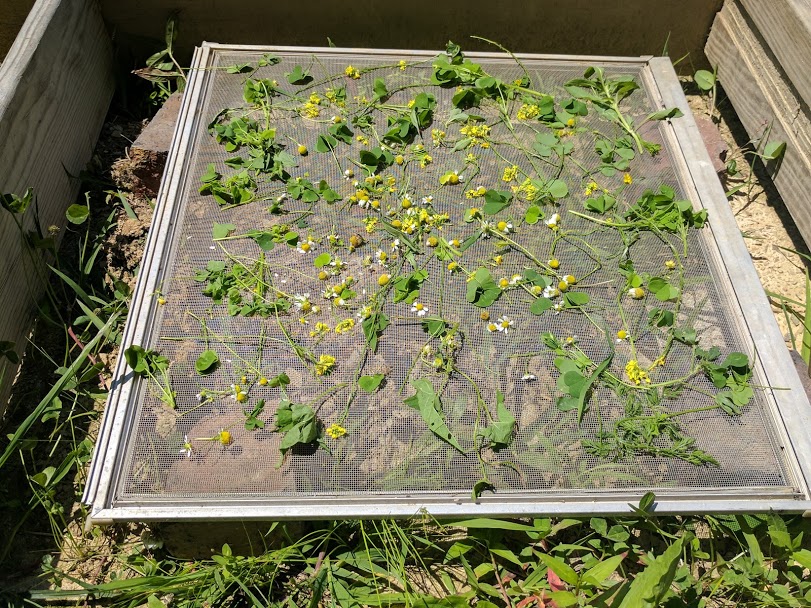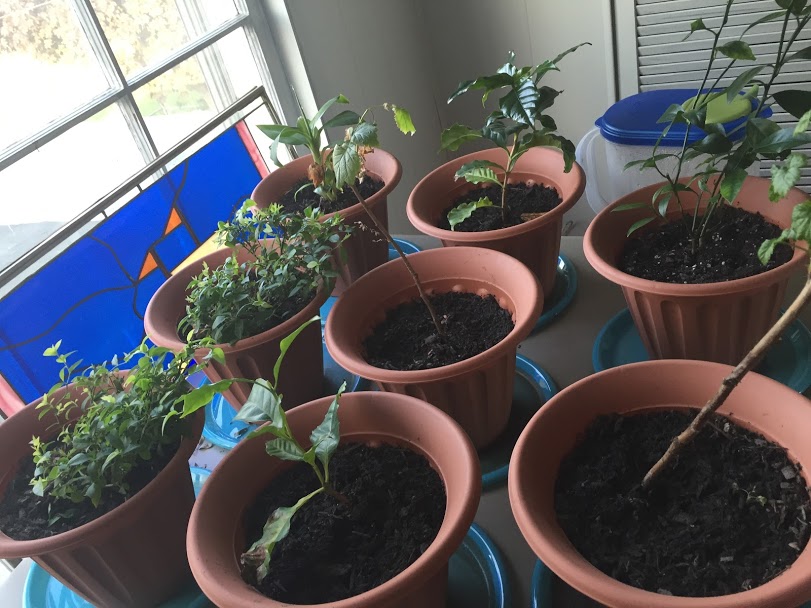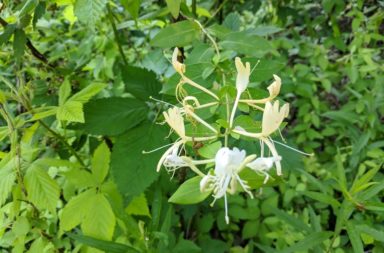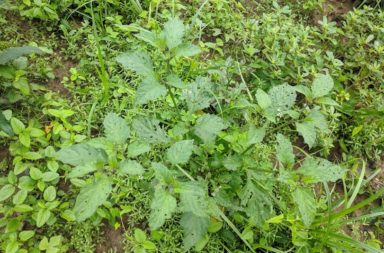Learning how to grow your own medicine is one of the most important things you can do to help ensure the survival of your family during a long-term disaster. Once you establish a backyard apothecary and master mixing and preserving your own natural remedies, you might just want to start using them nearly exclusively right now, before the SHTF.
Except for our elderly parents, no one in my immediate family has to contend with a chronic condition or the taking of daily prescription medications of any type. I count my blessings every day for the good fortune, but continue to plan to for the day when that changes and the possibility of not being able to call 911 for help.
Survival Apothecary
Our survival apothecary also includes the growing and ultimately the preservation of, natural substitutes for prescription medications our parents and some tribe members have been subscribed.
In addition to growing your own medicine, you should also learn how to both identify and cultivate healing weeds, wildflowers, and plants to add to the survival apothecary.
I am not a medical professional of any sort. This article is for research and educational purposes only. I am merely sharing my own natural remedy and gardening habits that have worked successfully for myself and my tribe.
I have not been to a doctor (aside from annual vision examination) in well over a decade, thanks to my natural remedies and colloidal silver routine. What works for one person, might not work for another. Even though all of the survival apothecary tips share in this are all natural, that does not mean they cannot cause an allergic reaction, side effects, or a negative reaction when combined with either each other, conventional medications, or alcohol. Consulting your doctor before making any medical decisions is always highly recommended.

Top 5 Survival Apothecary Herbs And Berries
1. Elderberries
This natural immune system booster can be taken in small (1 teaspoon for adults) amounts daily and turned into a syrup and taken to treat sore throats and reduce fever. To make elderberry syrup, Combine 3 cups of boiling water and a half cup of dried elderberries. Bring the mixture to a rolling boil and then turn the stove down to a simmer. Simmer for 30 minutes. Remove the mixture from the stove and strain in a glass jar with a firm fitting lid.
While the mixture is still hot, stir in 1 teaspoon each of ginger, cinnamon, and cloves. Next, meld in one cup of honey. Allow the mixture to cool enough that it does not burn the mouth before consuming up to four teaspoons daily while treating an illness.
2. Garlic
This survival apothecary must have boasts a substantial amount of antimicrobial, antibacterial, and antifungal properties. Garlic can also be used to draw out infection from wounds, bites, and stings – as well as contaminants from within the bloodstream. To use garlic as a natural remedy, you can simply consume it raw, as a spice, cook with it, rub it onto the infected area and cover it with a clean cloth.
To do an intense germ or toxin cleanse, combine one chopped up clove of garlic with a shot glass full of carrier oil – coconut, olive, and almond are recommended. Allow the garlic to infuse in the oil for a minimum of five hours, and then rub it onto the soles of your feet, cover it with clean socks, and then go to sleep.

To preserve your survival apothecary harvest during a long-term disaster or any power grid down event, make a simple solar dehydrator like the one shown using only a piece of screen, glass pane, wood frame, and a couple of bricks to elevate the screen off of the ground.
3. Holy Basil
This Indian herb is also commonly referred to as Tulsi or the “Queen of Herbs.” Holy basil is comprised of substantially large amounts of vitamins A and C, chlorophyll, calcium, and zinc. It is often used to treat diabetes, ulcers, joint pain, bronchitis, malaria, and in alternative treatments for cancer.
4. Turmeric
This incredibly healing herb will be hard to grow in many regions and may have to be grown inside during the winter or stockpiled in bulk. Turmeric possesses incredibly anti-inflammatory properties and is used extensively to treat swollen or sore joints, both muscle and tendon strains, as an ingredient in homemade gum healing toothpaste, cirrhosis, stomach aches, as a natural treatment for cancer and Alzheimer’s Disease.
To make an anti-inflammatory poultice using turmeric, mix one part salt and two parts of the healing herb with just enough water to create a paste style consistency. Slather the paste onto the injury or sore body part and allow it to harden against the flesh for a least a half an hour before washing away. Repeat this process as needed until the pain and swelling subsides.

Herbs typically take up little space to grow. Placing small planters on a folding table near a window with good sunlight (or use a grow light) will allow you to grow herbs year round or cultivate non-native varieties of medicinal plants.
5. Oregano
You can use fresh or dried oregano as part of your natural healing and preventative medicine routine. The popular and common herb boasts antioxidant, antibacterial, antimicrobial, and expectorant properties. Oregano also possesses high quantities of vitamins A, C, and E, as well as niacin, iron, copper, potassium, and zinc. To treat a sinus infection or symptoms often associated with the common cold, combine 2 drops of oregano essential oil or 1 teaspoon of either dried or fresh herb and 1 teaspoon of carrier oil.
Pour the mixture into a small pot and heat it lightly (can be used cold also, but heat activates the properties of all herbs) and rub it onto the palms of your hands or the soles of your feet to combat infection and cold symptoms. You can also double the amount of oregano in the recipe above and mix it into a glass or cold water and drink once daily for about five days, to help alleviate sinus problems, sore throat, headache, and stomach upset that typically accompanies a cold or the flu.


